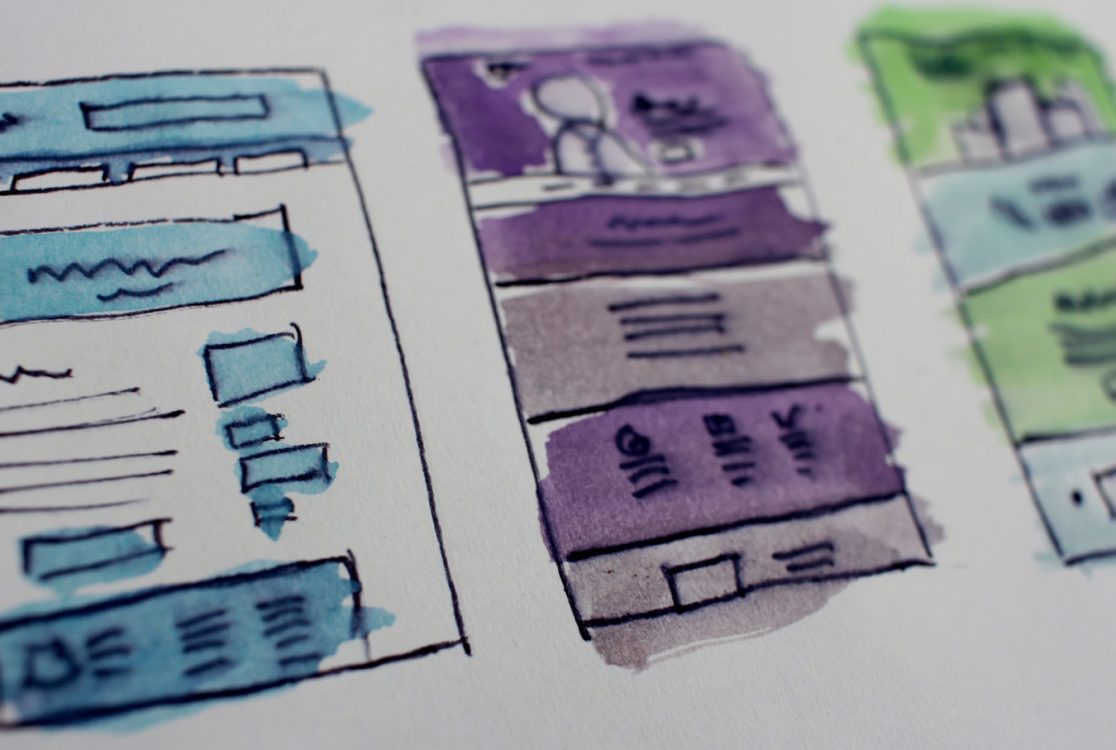User experience, its concepts and the term UX has become seemingly ubiquitous in the workplace, still most people do not have a clear idea about it and live in a bubble that is full of myths.
Let us look at some of the common UX myths, and how they are proven to be false.
Myth 1: One size fits all
The same user experience design will not work in every situation because, as human beings, we are all different. What works for one person might have the opposite effect on another. The best we can do is design for specific experiences and promote certain behaviors, but we cannot manufacture, impose or predict the actual experience itself. Similarly, we cannot replicate the user experience for one application exactly on another application. User experiences will be different between applications and hence, the designs need to cater to these varied needs.
Myth 2: UX Metrics and measures are the same
You cannot determine the effectiveness of a UX design solely on statistics such as page views, bounce rates and conversion rates. We can make assumptions, and we can ask the users for anecdotal evidence, but we cannot install an app (at least not yet) that automatically records user experience statistics directly.
Myth 3: UX and usability are the same
User experience and usability have become synonymous, but these two aspects are clearly distinct. UX addresses how a user feels when using a system, while usability is only about the user-friendliness and efficiency of the interface. Usability is big part of the user experience and plays a major role in experiences that are effective and pleasant, but then human factors science, psychology, information architecture and user-centered design principles also play major roles.
 Myth 4: UX design if done in isolation from the rest of the project will not work
Myth 4: UX design if done in isolation from the rest of the project will not work
Many a times, UX design is done as an isolated activity by UX experts. They break away from the development team and build the UX components. Yet, many people believe that UX design done in isolation does not work. But the UX industry is full of experts who were at some point either web designers or developers and they can design successful UX even working in isolation and seamlessly integrate it into the finished product.
Myth 5: UX burns a hole in your pocket and does not give enough
Simple logic dictates that hiring a UX person costs a lot of money (unless they’re willing to work for free, and nobody is). A counter-argument is that we should look at UX design as an investment. Although the benefits of UX are not as readily apparent as those of other parts of the website or application, it can lead to higher returns later on. The interesting fact is that good companies look at UX as an investment tied to direct revenue.
Myth 6: UX results cannot be measured
Evaluating the effectiveness and return on investment of a UX design using quantitative measures is difficult. This is because the field is subjective. UX deals with users’ emotions and you can’t put a number on it the way you can with page views, loading speed or conversion. Instead, we have to tease out the results indirectly by analyzing revenue levels, page views, before-and-after surveys of users and the like. However, saying that any positive effects are the result of a better user experience or aesthetics or some other factor, such as improved marketing or front-end performance optimization, would be inconclusive. The difficulty is in trying to quantify effects that are subjective in
nature. We have to rely on qualitative evidence





